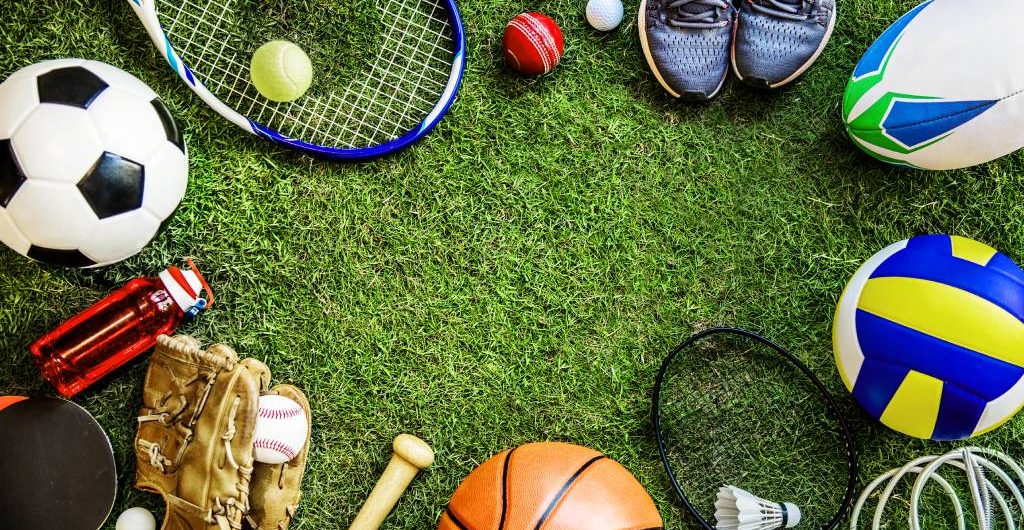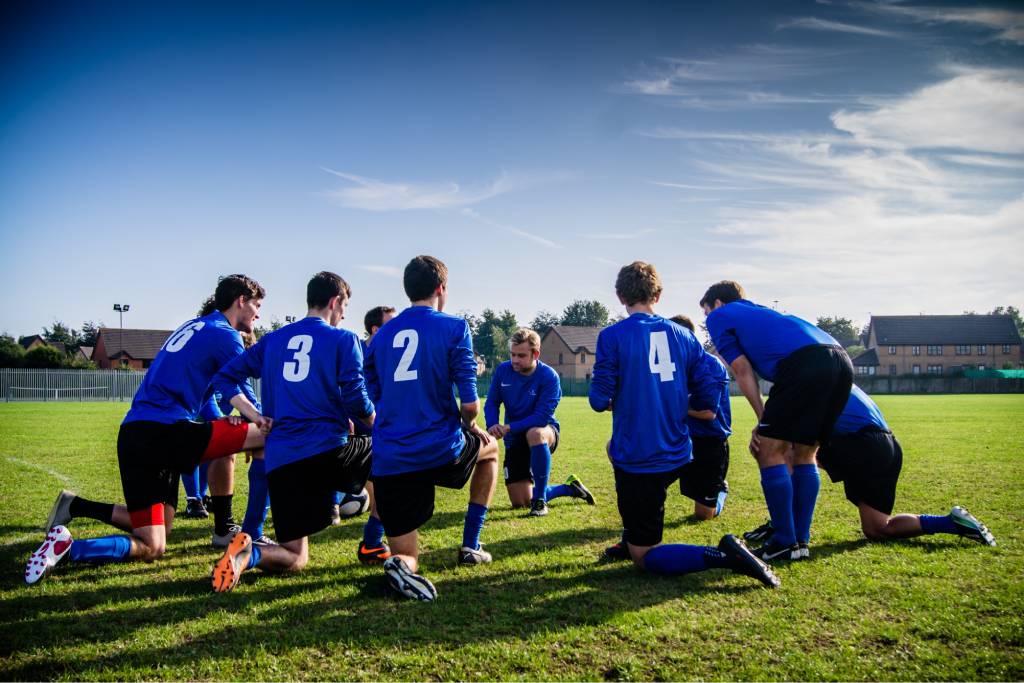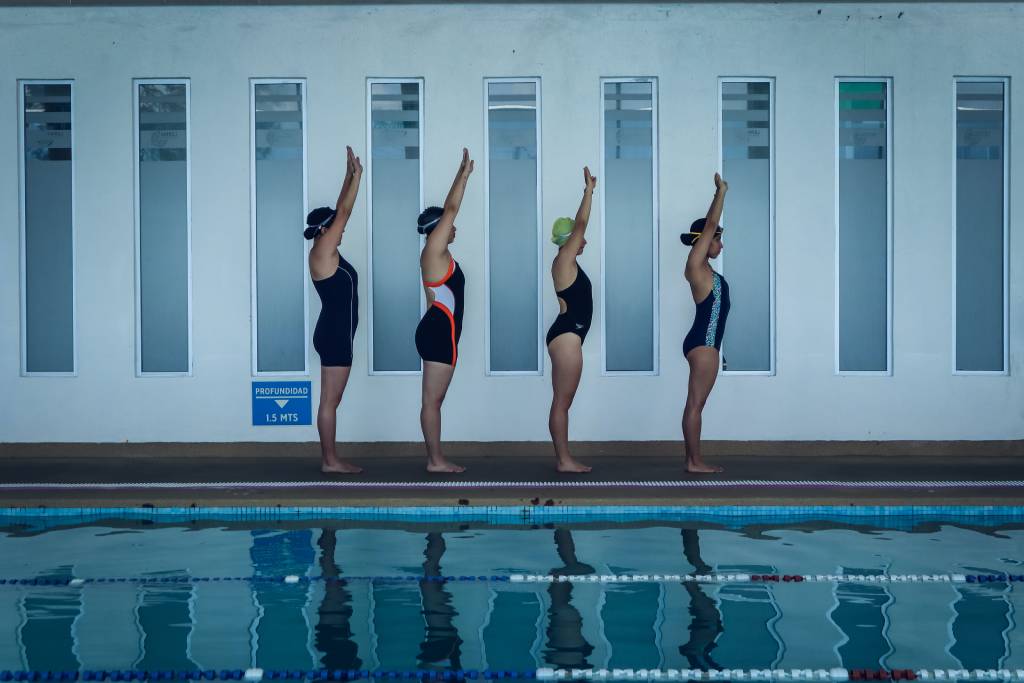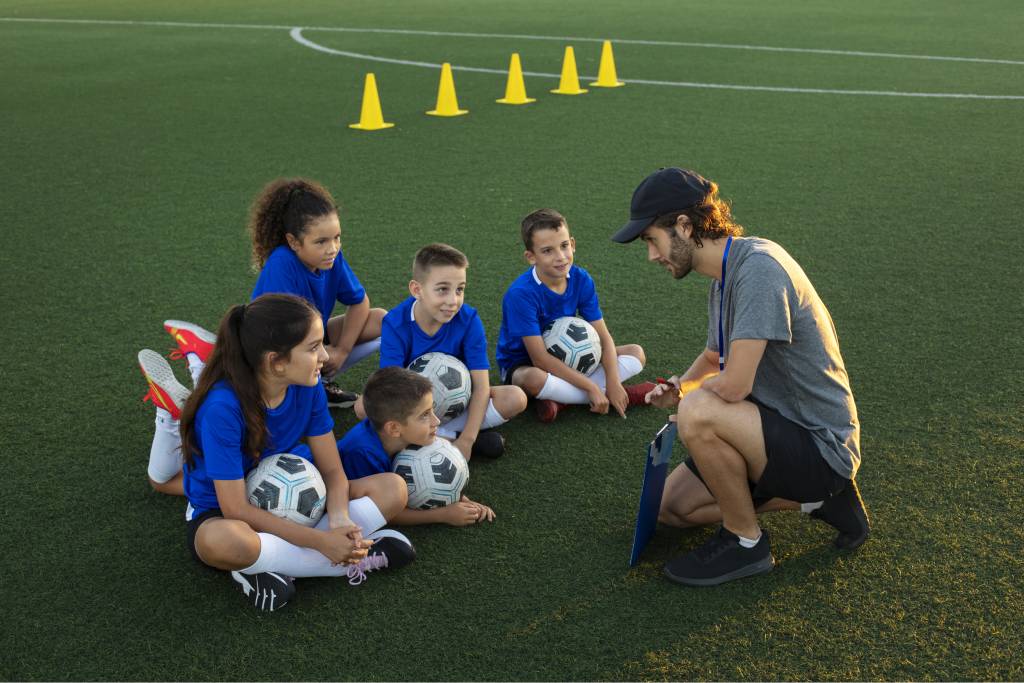
Sports activities, encompassing a diverse array of physical endeavors, hold a special place in the heart of societies across the globe. From the roar of the crowd in a packed stadium to the solitude of a trail runner in the woods, sports activities are a vibrant tapestry of human expression and physical engagement. This essay explores the multifaceted world of sports activities, delving into their various types, the physical, social, and psychological benefits they offer, their impact on different age groups, and their evolving role in our technology-driven world.
Types of Sports Activities
Team Sports

Team sports bring people together in pursuit of a common goal. Soccer, basketball, and football are prime examples. Beyond the physical exertion, team sports foster cooperation, communication, and camaraderie among participants. Players learn the value of teamwork, sportsmanship, and the thrill of shared triumphs.
Individual Sports

Individual sports like tennis, swimming, and golf offer a unique path to personal development. They promote self-discipline, resilience, and self-reliance. Engaging in these activities allows individuals to challenge themselves and set and achieve personal goals.
Recreational Sports

Recreational sports such as hiking, cycling, and kayaking provide an avenue for relaxation and leisure. They offer a break from the hustle and bustle of daily life, allowing individuals to connect with nature, reduce stress, and rejuvenate their spirits.
Extreme Sports

Extreme sports, including skateboarding, skydiving, and rock climbing, push the boundaries of human physicality and courage. They come with risks but also offer the reward of an adrenaline rush like no other. Participants in extreme sports often find a profound sense of accomplishment in conquering their fears.
The Physical Benefits of Sports Activities
Engaging in sports activities yields numerous physical benefits. Regular participation contributes to improved cardiovascular health, increased muscular strength and endurance, weight management, enhanced flexibility, and a reduced risk of chronic diseases such as diabetes and heart disease. Sports activities are a cornerstone of maintaining a healthy and active lifestyle.
The Social Benefits of Sports Activities
Sports activities serve as social catalysts, bringing people from diverse backgrounds together. Whether it’s cheering for a favorite team, playing on a community league, or bonding with teammates, sports foster teamwork, communication skills, relationships, and sportsmanship. They promote a sense of belonging and unity within communities.
The Psychological Benefits of Sports Activities
The psychological benefits of sports activities are equally profound. Engaging in sports reduces stress, fosters mental well-being, enhances confidence and self-esteem, encourages goal setting and achievement, instills discipline and time management skills, and equips individuals with the resilience to overcome challenges both on and off the field.
Sports Activities for Different Age Groups
Sports activities cater to all age groups. For children and adolescents, they provide essential physical education, developmental benefits, and the chance to learn crucial life skills. Adults benefit from sports through fitness and stress management, while also enjoying the social aspects of adult sports leagues. For seniors, sports help maintain health and mobility, ensuring a fulfilling and active lifestyle in later years.
Sports Activities and Gender Equality
Despite historical challenges, the world of sports is increasingly embracing gender equality. Women’s sports have gained prominence, with more opportunities and recognition than ever before. The focus is now on promoting inclusivity and diversity, ensuring that everyone, regardless of gender, has equal access to the benefits of sports activities.
The Role of Technology in Sports Activities
Technology has revolutionized sports activities. It has enabled advanced training techniques, performance analysis, and injury prevention. Wearable devices and sports tracking apps help individuals monitor their progress, while virtual and augmented reality are changing the way we experience sports.
Sports Activities and Education

Sports and education are intertwined. Many schools incorporate sports into their curriculum to promote physical fitness and character development. Student-athletes often earn scholarships and valuable life skills through their participation in sports activities.